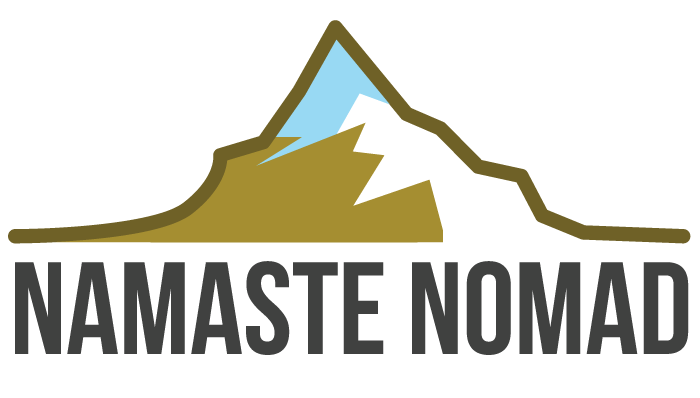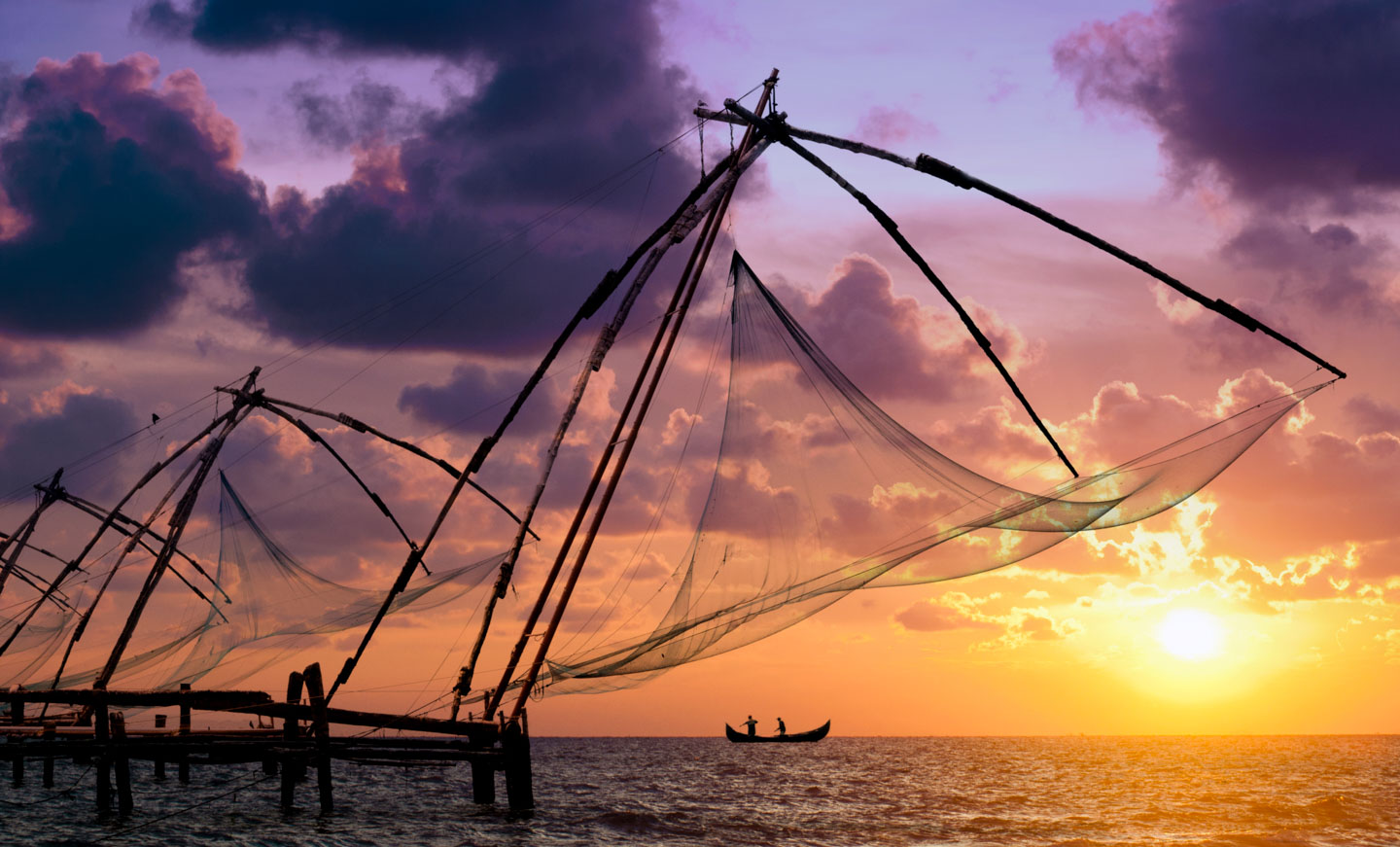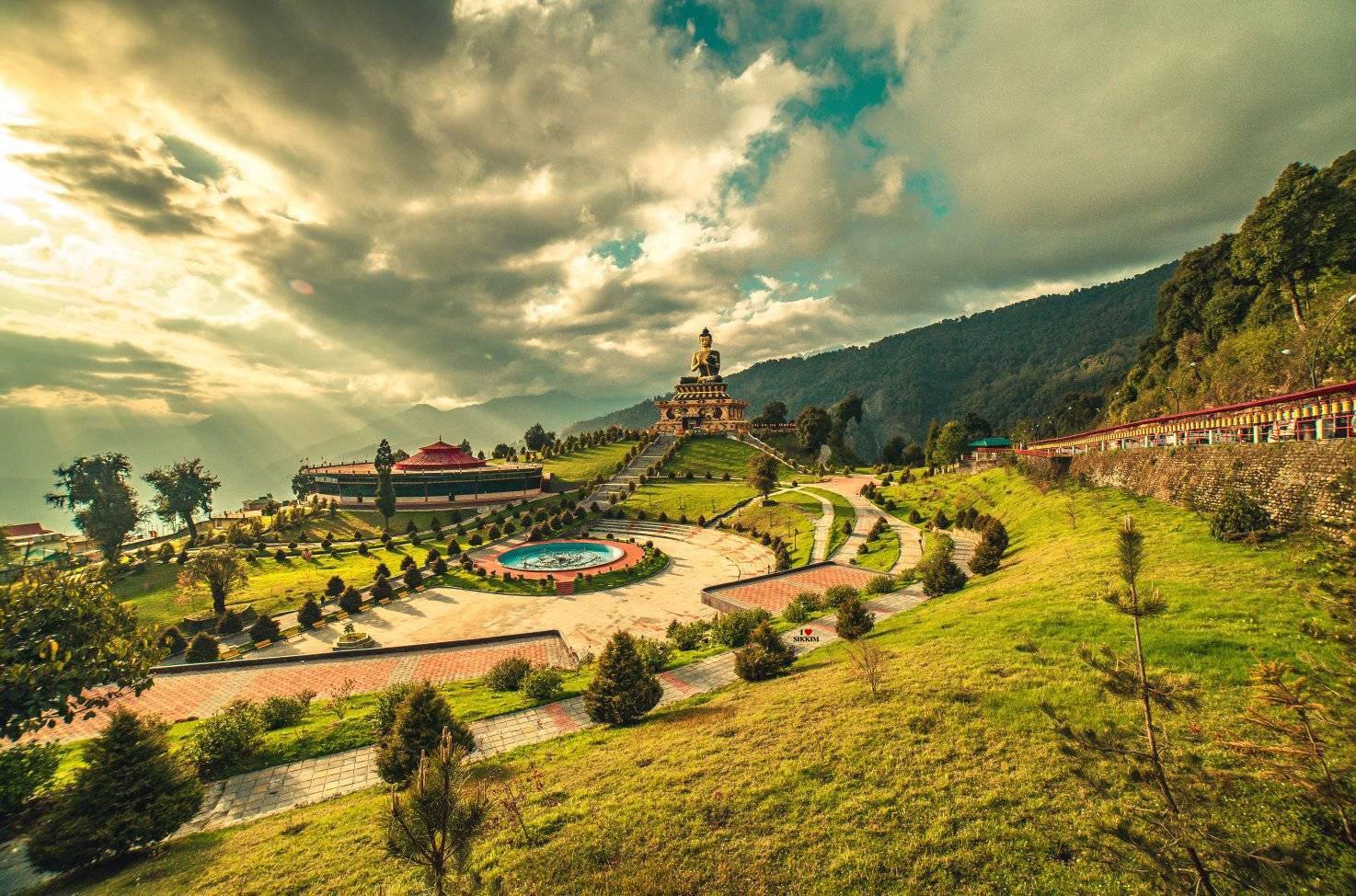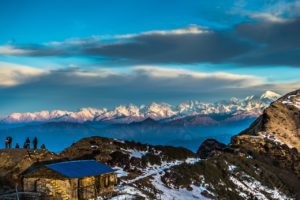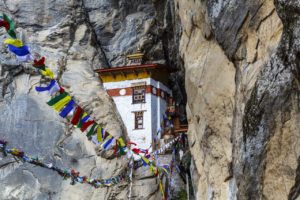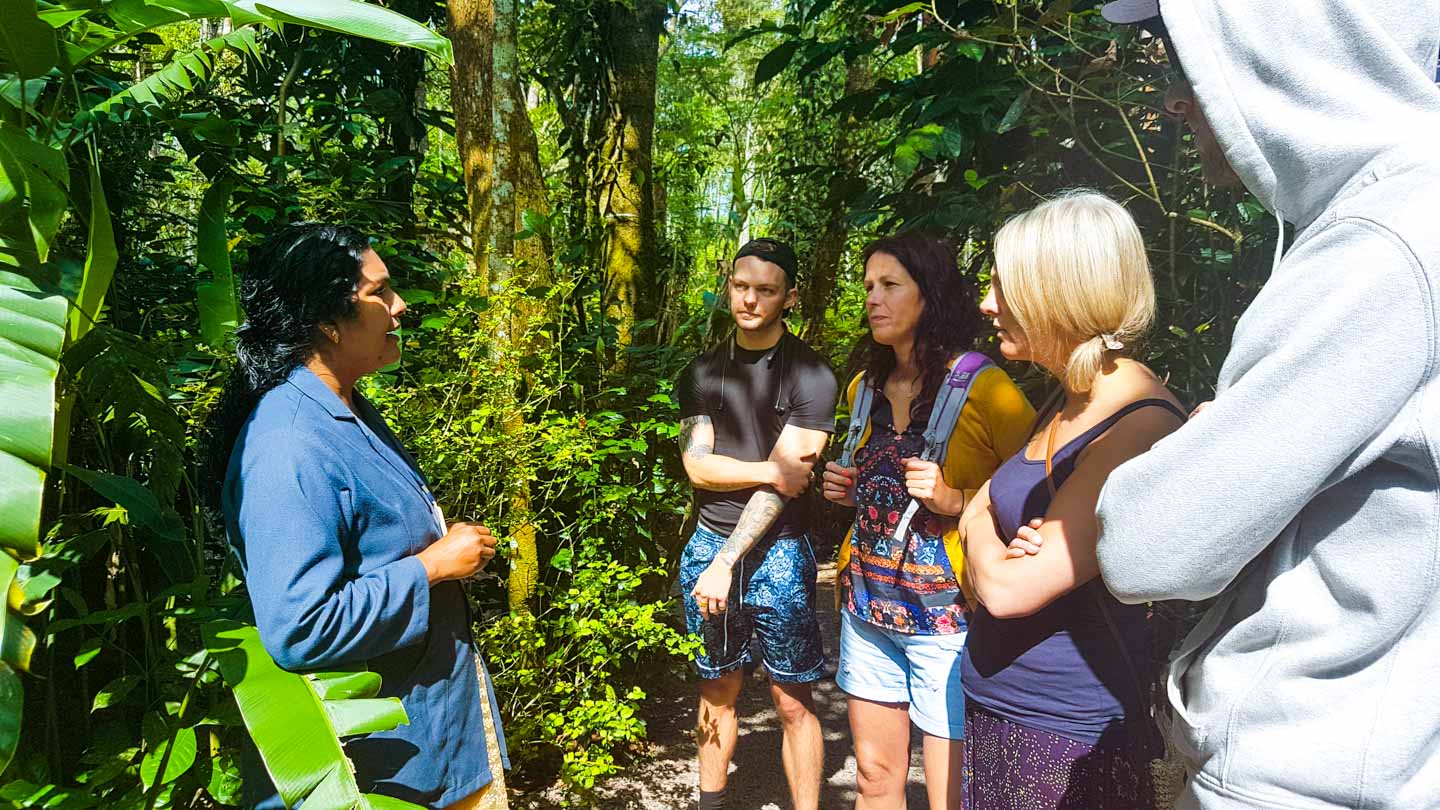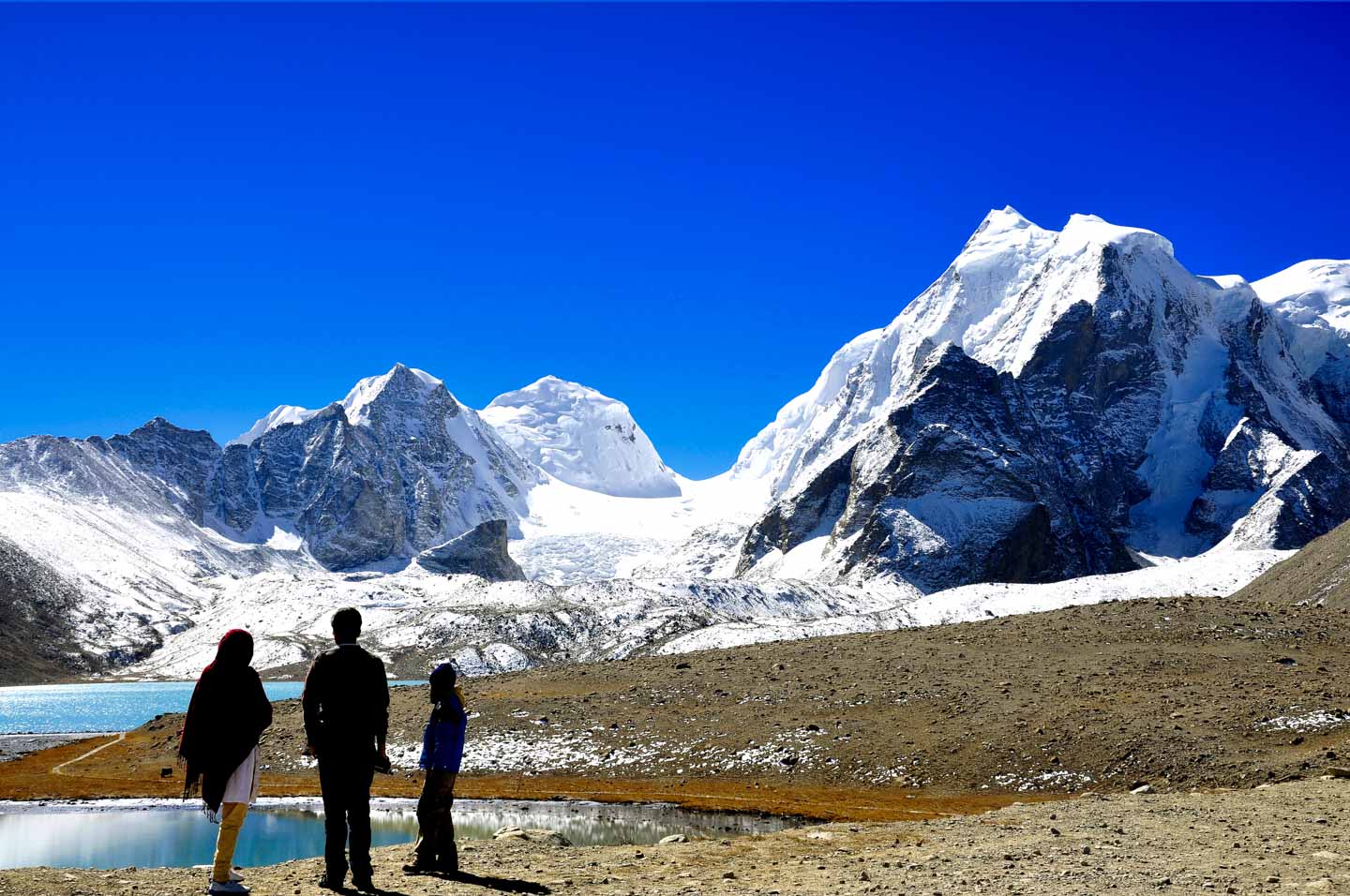Our tours in India
India is a land of tropical jungles, arid deserts, solitary mountains and busy cities, their populations living very diverse lifestyles. Each state alone has its own language, traditional dress and typical cuisine. Thousands of years of shifting kingdoms gave rise to the rich and varied cultures still evident today. Hindus, Buddhists, Muslims and Christians co-exist in harmony. Bollywood stars and slum dwellers, businessmen and Babajis (ascetic holy men) share the same pavement. India challenges you to rethink all you thought you knew about people and life itself.
Experience, explore and discover Sikkim’s flowering mountain valleys, Buddhist monasteries and stress-free cities. Our Sikkim tours and trekking tours bring you to one of the loveliest destinations in India.
